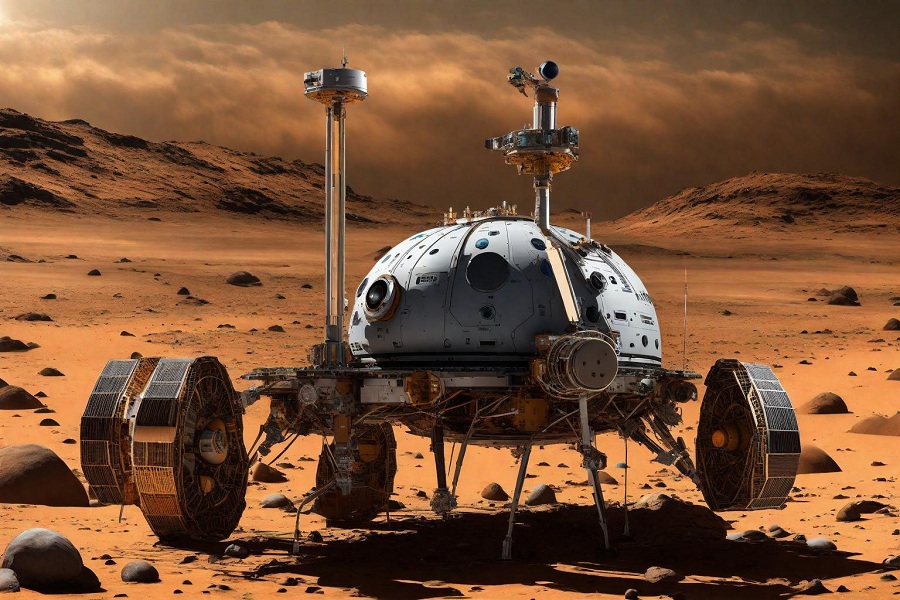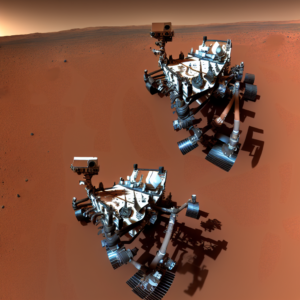The cosmos has always been a domain of great intrigue and endless mystery, beckoning the inquisitive minds of earthlings to uncover its secrets. In this relentless pursuit of knowledge, Japan has poised itself to take a significant leap in space exploration. Come 2024, Japan plans to dispatch an intrepid rover to Phobos, one of Mars’s two diminutive moons, in a mission that is bound to carve a niche in the annals of interplanetary exploration.
Overview of Japan’s Martian Moons Mission
The Martian Moons eXploration (MMX) mission is Japan’s ambitious endeavor under the tutelage of the Japan Aerospace Exploration Agency (JAXA). This mission aims not only to thoroughly study Phobos but also to gather and return samples from its surface, unlocking answers to some of the prevailing mysteries about the moon’s origin and the Martian environment.
Objectives and Significance:
- Determine the origin of Mars’s moons
- Understand the processes that formed and altered their surfaces
- Investigate the environmental conditions of Mars’s orbit
- Gather and return samples to Earth for comprehensive analysis
Mission Timeline:
- Launch Date: Currently slated for September 2024
- Mission Duration: Expected to spend several years studying and collecting data from the Martian environs
The Rover: Japan’s Robotic Ambassador on Phobos
Embedded within the MMX mission is the dispatch of a rover, a technological marvel designed to navigate the rugged and alien terrains of Phobos. The rover’s journey is no small feat; once separated from the MMX spacecraft, it must autonomously traverse the moon’s surface, scrutinizing the alien landscape and relaying invaluable data back to Earth.
Features of the Rover:
- Adaptability: Engineered to operate in low-gravity conditions
- Instrumentation: Equipped with advanced scientific apparatus for surface analysis
- Mobility: Capable of traveling across the diverse topography of Phobos
- Autonomy: Designed to function independently, maximizing research opportunities
International Collaboration and Contributions
This international mission sees contributions from various nations in the realm of space science. With NASA selecting 10 scientists to partake in the MMX mission, this collaboration symbolizes a concerted global effort to unlock the enigmas of our solar system.
Towards the Horizon of Discovery
As Japan readies its rover for the voyage to Phobos, we stand on the precipice of new discoveries and potentially transformative insights into the Martian moons. The success of the MMX mission could blaze a trail for future exploration, inspiring subsequent endeavors to the far reaches of our cosmic neighborhood.
The anticipation is palpable, and the countdown has begun for this landmark mission. As humankind’s gaze shifts toward the heavens, Japan’s rover journey to Phobos reminds us that the quest for knowledge in the boundless firmament is as eternal as the stars themselves.




